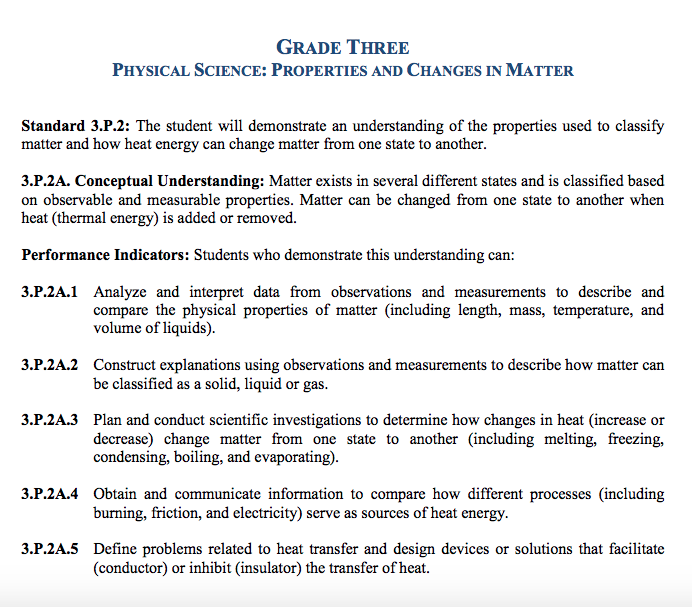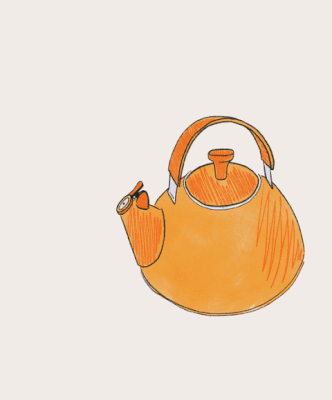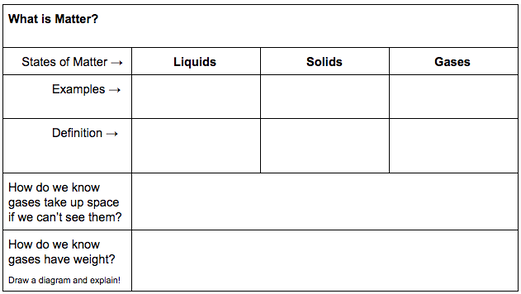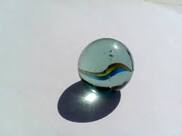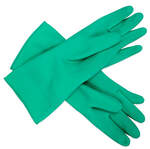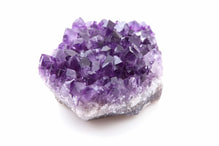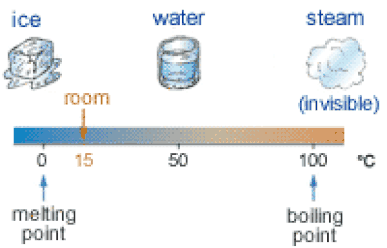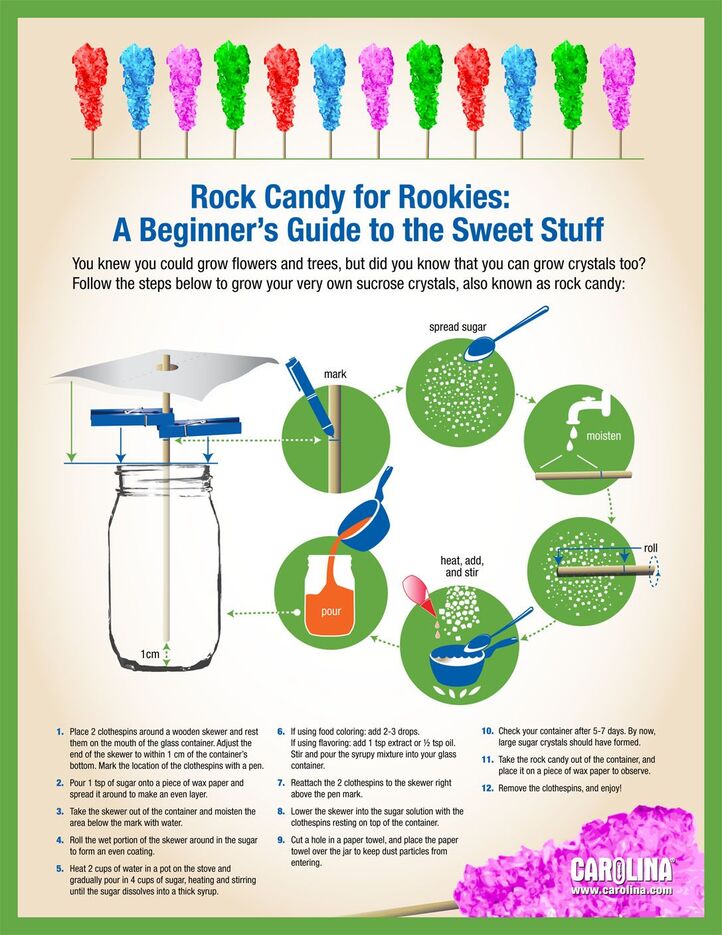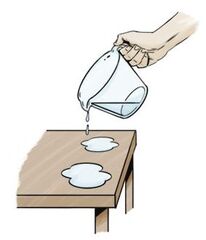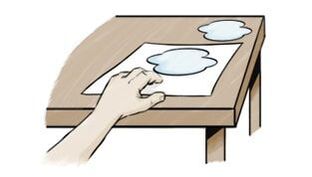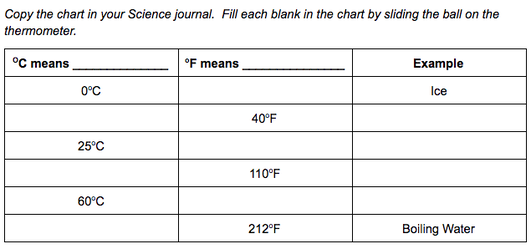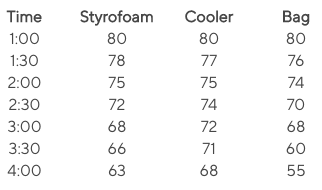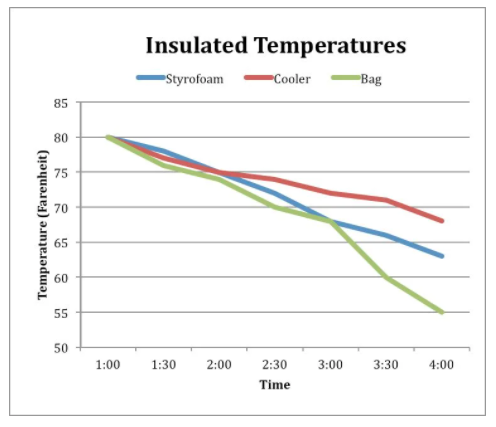3rd Grade: Properties and Changes in Matter
Instructions: Students, complete the portion your teacher assigns.
Read the info in black. Write the info in orange in your science journal.
Read the info in black. Write the info in orange in your science journal.
3.P.2A.1, 3.P.2A.2, 3.P.2A.3
Now that we have an understanding of matter, let's look at physical properties.
Physical properties are the characteristics of a material that we can observe without changing the material.
Physical properties are things such as color, size, shape, smell, texture, luster, flexibility, and the ability to float of sink.
Physical properties are the characteristics of a material that we can observe without changing the material.
Physical properties are things such as color, size, shape, smell, texture, luster, flexibility, and the ability to float of sink.
|
They say a picture is worth a thousand words! You will not need to write a thousand words, but please try to answer these questions based on the picture to the left.
1. Have you ever observed ice becoming water? 1a. What is this process called? 2. Have you ever observed water becoming steam? 2a. What is the process called? 3. The picture shows a series of numbers, O, 15, 50, and 100. What do these numbers represent? 4. If we had an ice cube, at what temperature would it begin to melt? 5. If we had a cup of water and were cooling it, at what temperature would it freeze? |
Have you ever eaten rock candy?
Have you ever grown rock candy?
Please see below!
Have you ever grown rock candy?
Please see below!
|
1. In what state of matter is the sugar to be spread on the wax paper?
2. Why do the instructions say to wet the skewer before rolling it in sugar? 3. Read step 5. Why would the water need to be hot before adding sugar? 4. Solids become liquids when they are heated. Liquids become gases when they are heated. Dissolving is not a change in state of matter, instead it is when a mixture is formed by fully incorporating one form of matter into another. We call the base substance a solvent and anything added is a solute. List the solutes to be added (dissolved) in the solvent (water). 5. Read step 10. What would you expect to happen to the solution in 5-7 days? |
3.P.2A.3
Let's Try an Experiment
|
Diagrams from this link.
|
A student wondered if water would evaporate faster directly from a table top or absorbed into a paper towel on the table top. To test this, he poured two puddles of water onto a table top. Onto one puddle he set a paper towel (Fig.2). Then the student observed to see how long it took for the puddles to disappear.
A. What question would this investigation answer? B. Should the student measure to be sure each puddle contains the same amount of water? Why or why not? C. What is your hypothesis for this experiment? Please explain. D. Besides just watching, what tool might help the student to observe which puddle evaporates first? E. In this example, we use the the word evaporation. Later it states that the water disappears. What is evaporation? Does the water actually disappear? Need a hint |
3.P.2A.4
Above, when you looked at how ice could melt and become water, then water could be heated to become steam, this happened because heat was added. Copy the information below into your science journal. Watch the video to help you understand.
|
|
3.P.2A.5
Think about it!
Above, you learned about heat and the transfer of heat energy. Suppose you made a some hot chocolate and poured it into a clear plastic cup. How would the cup feel? Is there a different type of cup that might feel better in your hands?
Above, you learned about heat and the transfer of heat energy. Suppose you made a some hot chocolate and poured it into a clear plastic cup. How would the cup feel? Is there a different type of cup that might feel better in your hands?
|
A 3rd grade student at Rock Hill Elementary School heard that coolers could keep things hot as well as cold. In her research, she learned that coolers are insulators - they help objects and materials maintain their temperature. Objects that don't help materials maintain their temperature are called conductors. She designed an experiment to test 3 different types of coolers to see which would keep hot water hot for the longest period of time.
Experimental Design: She heated 3-gallons of water to 80 degrees Celsius and poured 1 gallon of water into each cooler. Into each cooler she put a thermometer. She checked the temperature at the times shown in the chart. Lab Report: Can you write a lab report for this experiment? Question: (What question was answered by this experiment?) Hypothesis: (Which cooler would you expect to keep hot water hot for the longest time? Don't cheat!) Procedure: Sketch a cooler, with 1 gallon of water, and a thermometer. Data Analysis: Answer the questions - a. How often was each thermometer checked? b. In the first 30 min, which cooler had lost the least amount of heat? c. By 2:30, which cooler had lost the most heat? d. For how much total time did the student conduct the experiment? e. How did the coolers rank as far as best, next best and worst insulators? f. Compare the chart and graph. In what way(s) is the graph more helpful than the chart? Results: Which cooler was demonstrated to be the best insulator? What evidence can you use use explain your answer? |
The chart and graph are from this link.
|
You have completed the 3rd Grade unit on Properties and Changes in Matter.
What have you learned?

